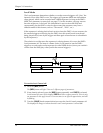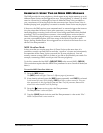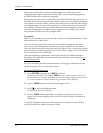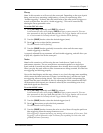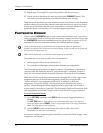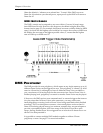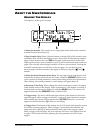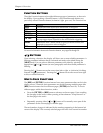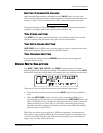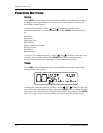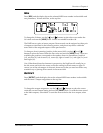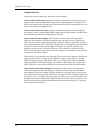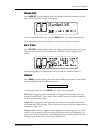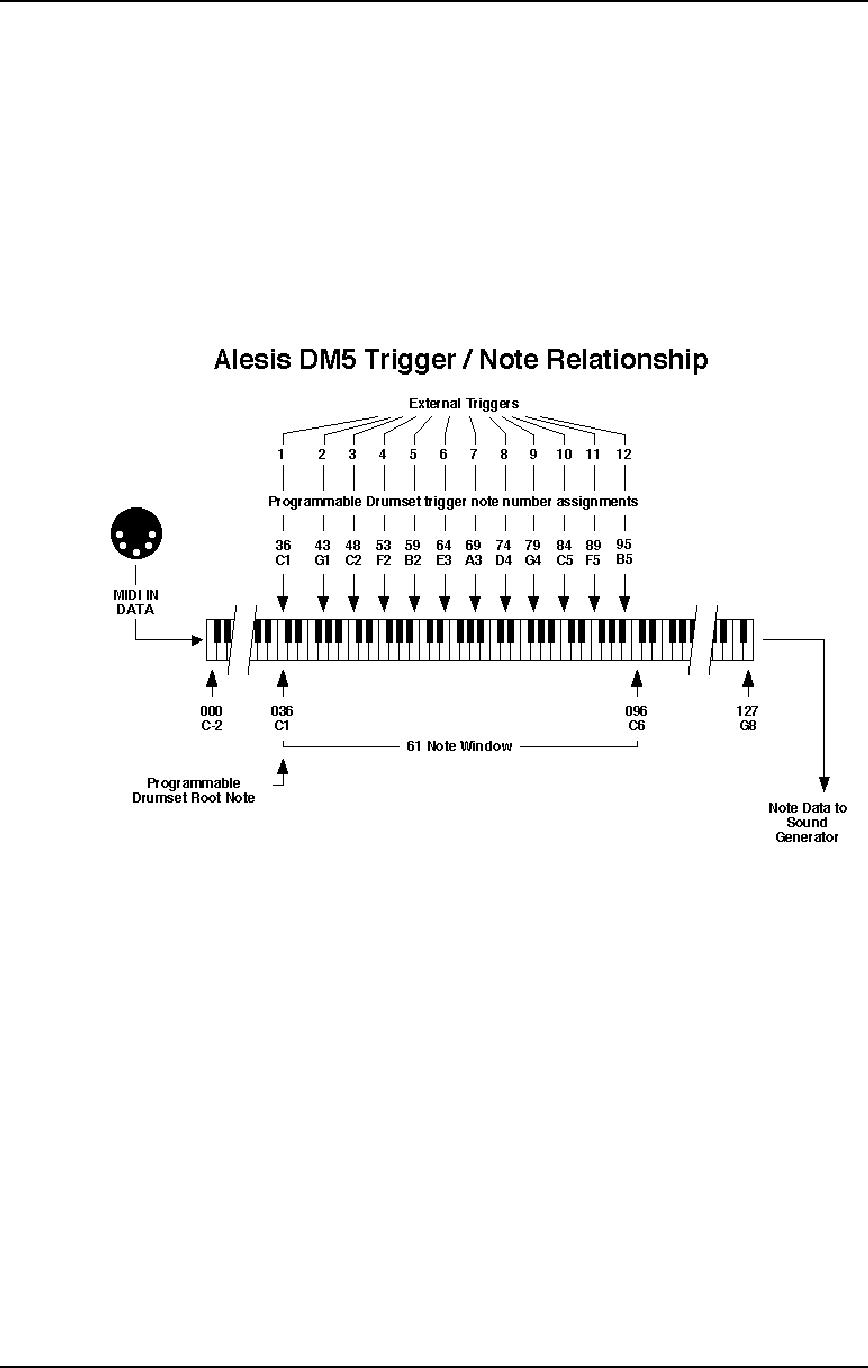
Chapter 4: Overview
24 DM5 Reference Manual
Often the default is “whatever was selected last.” Example: If the DM5 was set to
Drum Set 14 just before you shut off power, upon power-up the DM5 will return to
Drum Set 14.
MIDI NOTE RANGE
The DM5’s sounds can be assigned to any note within a 5-octave (61 note) range,
from MIDI note 36 to 96. However, this range may be shifted using the Root Note
feature (section page 33). For example, the bottom root note could be shifted to MIDI
note 0, in which case the highest note would be five octaves above that, or MIDI note
60. Shifting the root note to the highest possible value, 67, means that the highest
note will end up on MIDI note 127.
DM5 POLYPHONY
The DM5 provides 16-note polyphony, which means at any single moment, up to 16
different Drum Voices can be triggered at once. This polyphony is “shared” by all 61
notes in a Drum Set. So, although you have 61 different Drum Voices available to
you, a maximum of 16 can be played at the exact same time. Once a Drum Voice is
finished playing back, polyphony is restored so another Drum Voice may be played.
If, however, the DM5 receives note commands and/or external triggers that instruct
it to play more than 16 Drum Voices at the same time, you may notice some
interesting things occurring (such as Drum Voices being cutoff before their finished
sounding). This is an infrequent occurrence, since usually there are fewer than 16
Drum Voices being played at any given moment; normally they are spaced apart to
provide a syncopated rhythm. And since many of the Drum Voices have quick
decays, having another Drum Voice triggered hot on its heals will almost never cut-
off the Voice that preceded it.
It is possible to connect multiple DM5 modules together to achieve 32-note
polyphony or more. See page 17 for more information.



